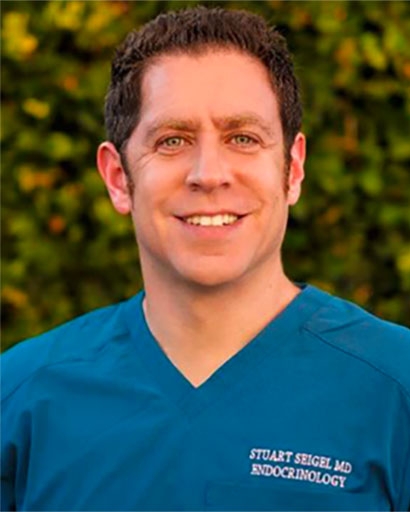Overview:
What is Pre-Menopausal Osteoporosis ?
Pre-menopausal osteoporosis refers to the weakening of bones in women before they reach menopause. While osteoporosis is commonly associated with aging, some women experience bone loss earlier due to underlying medical conditions, hormonal imbalances, or lifestyle factors. Bone is a living tissue that continuously regenerates, but when new bone formation cannot keep up with bone loss, bones become weak and brittle, increasing the risk of fractures.
Who Can Get Pre-Menopausal Osteoporosis?
Although osteoporosis is more common after menopause, some women develop it earlier due to specific risk factors.
Causes
What Causes Pre-Menopausal Osteoporosis?
Pre-menopausal osteoporosis occurs when bone loss outpaces bone formation. Some contributing factors include:
- Hormonal Imbalances – Low estrogen levels due to conditions like polycystic ovary syndrome (PCOS), premature ovarian insufficiency (POI), or eating disorders.
- Medical Conditions – Autoimmune disorders, thyroid dysfunction, celiac disease, inflammatory bowel disease, kidney disease, or chronic use of corticosteroids.
- Lifestyle Factors – Poor nutrition (especially low calcium and vitamin D intake), excessive alcohol consumption, smoking, or extreme exercise leading to low body weight.
- Genetics – A family history of osteoporosis or fractures.
Symptoms
What Are the Symptoms of Pre-Menopausal Osteoporosis?
Early-stage pre-menopausal osteoporosis often has no noticeable symptoms. However, as bone density decreases, women may experience:
- Unexplained fractures, particularly in the hip, wrist, or spine.
- Chronic back pain due to vertebral fractures.
- A gradual loss of height or stooped posture.
Diagnosis
How is Pre-Menopausal Osteoporosis Diagnosed?
Because bone loss can occur silently, a bone mineral density (BMD) test may be recommended if you have risk factors. This scan measures bone strength and predicts fracture risk. If you are under 50 and have risk factors, discuss screening options with your doctor.
Treatments
Can Pre-Menopausal Osteoporosis Be Treated?
Yes, treatment focuses on preventing further bone loss and strengthening bones through lifestyle modifications and, if needed, medications.
- Exercise – Weight-bearing and resistance exercises like jogging, dancing, and strength training help maintain bone density.
- Nutrition – A diet rich in calcium (1,000 mg daily) and vitamin D (800-1,000 IU) supports bone health.
- Healthy Weight – Being underweight or overweight can increase fracture risk.
- Avoid Smoking & Excess Alcohol – These habits accelerate bone loss.
- Medications – In some cases, bone-strengthening medications may be recommended.
If you’re concerned about early bone loss, schedule a consultation with our endocrinology specialists at Inland today!
References
National Institute of Arthritis, Musculoskeletal and Skin Diseases.Oct. 2019. Osteoporosis. Retrieved June 18, 2021 {https://www.niams.nih.gov/health-topics/osteoporosis#tab-causes}
Mayo Clinic, June 19, 2019. Osteoporosis. Retrieved June 18, 2021 {https://www.mayoclinic.org/diseases-conditions/osteoporosis/symptoms-causes/syc-20351968}
International Osteoporosis Foundation, 2021. About Osteoporosis Retrieved June 18, 2021. {https://www.osteoporosis.foundation/patients/about-osteoporosis}

